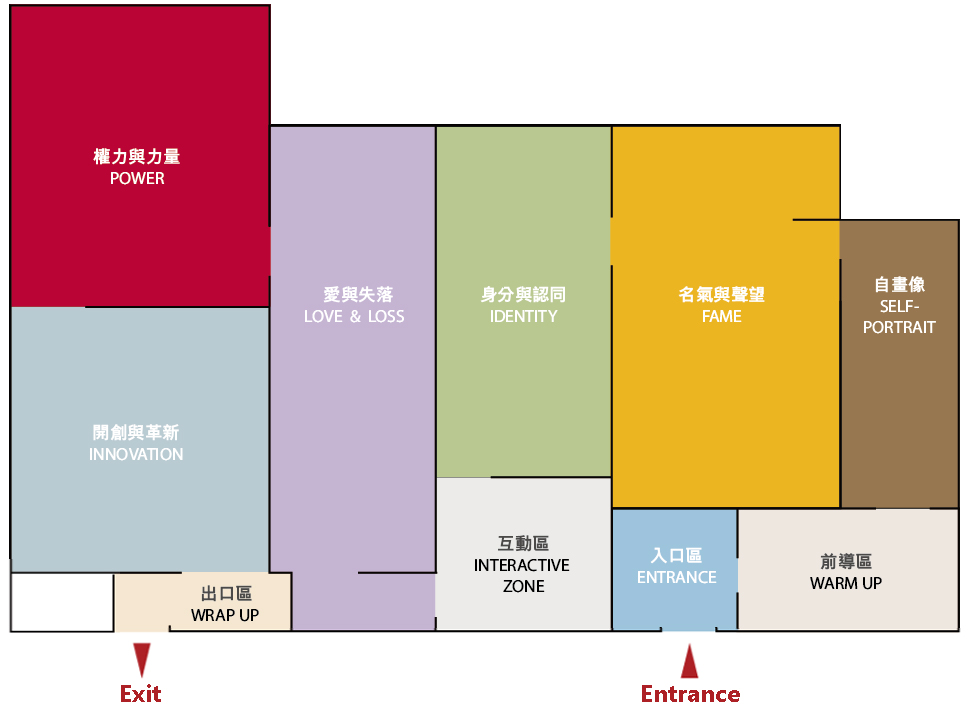
First Exhibition Theme Self-Portraits
Self-portraits occupy a unique place within portraiture. When making a portrait of themselves, artists can draw upon the rich fusion of experiences, emotions and ideas that make them who they are.
Self-portraits can serve the practical purpose of improving an artist‘s technique or as a form of self-promotion to prospective clients. Or, they can provide more profound speculations about personal identity and opportunities for self-analysis and self-expression.
Second Exhibition Theme Fame
The founders of the National Portrait Gallery envisaged a temple of fame. The significance of the sitter was prioritised over the artistic merit of the portrait or the renown of the artist. The first portrait to enter the Collection was not a monarch or aristocrat but the playwright William Shakespeare. His achievements and international fame were the result of his extraordinary talent, and not inherited wealth or status.
The existence of the Gallery is a testament to the close relationship between portraiture and fame. Artists throughout history have recorded the appearance of famous people for posterity. They have worked as active agents in the creation of fame by making images that could be promoted, circulated and collected by the public who were eager for a connection with their favourite star.
Third Exhibition Theme Identity
Portraiture is inextricably linked to notions of identity. At the most basic level this relates to who the sitter is, or was, and can develop into more complex considerations about the person’s values and beliefs projected through the artwork.
A person’s sense of identity is complex, multifaceted, mutable and profoundly personal, conveying an insight into the sitter’s identity is one of the key challenges for portrait artists.
Fourth Exhibition Theme Love and Loss
More than simply depicting someone, portraits can powerfully evoke the sitter’s living presence. Portraits have served as visual substitutes for an absent lover and provided a sense of immortality by keeping the memory of the dead alive in the hearts of those left behind.
Fifth Exhibition Theme Power
Portraits have long played an important role in signifying the authority of people in power. Historically, portraits reinforced the social hierarchy between the subject of the portrait and those who view them. Royal portraiture developed a range of poses, props and symbols to highlight the sitter’s majesty.
Sixth Exhibition Theme Innovation
From the earliest civilizations, people have sought out means of creating an enduring record of their existence. Portraits that focus on a sitter’s facial features have been one response to this human need. This section concentrates on the creative ways in which artists have responded to the limitations imposed by the genre, challenged its traditions and expanded its possibilities.